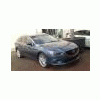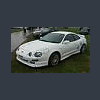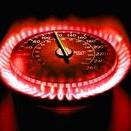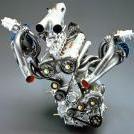Ford Focus 2010 (Topic Ufficiale)
un 1.0 Turbo Benzina su un'auto di questa misura è un valido sostituto dei 4cil. base... Concordi?
51 voti
-
1. un 1.0 Turbo Benzina su un'auto di questa misura è un valido sostituto dei 4cil. base... Concordi?
-
• Molto11
-
• Abbastanza13
-
• Poco16
-
• Per niente12
-
- Si prega di accedere o registrarsi per votare a questo sondaggio.






















Messaggi Raccomandati:
Crea un account o accedi per lasciare un commento
Devi essere iscritto per commentare e visualizzare le sezioni protette!
Crea un account
Iscriviti nella nostra community. È facile!
Registra un nuovo accountAccedi
Sei già registrato? Accedi qui.
Accedi Ora